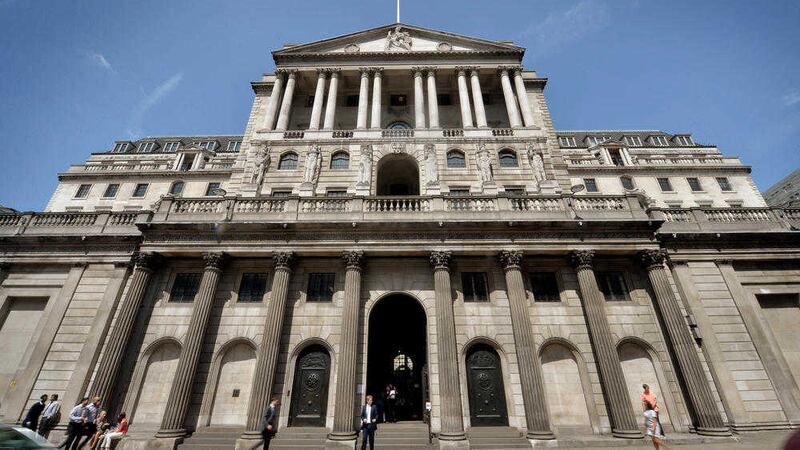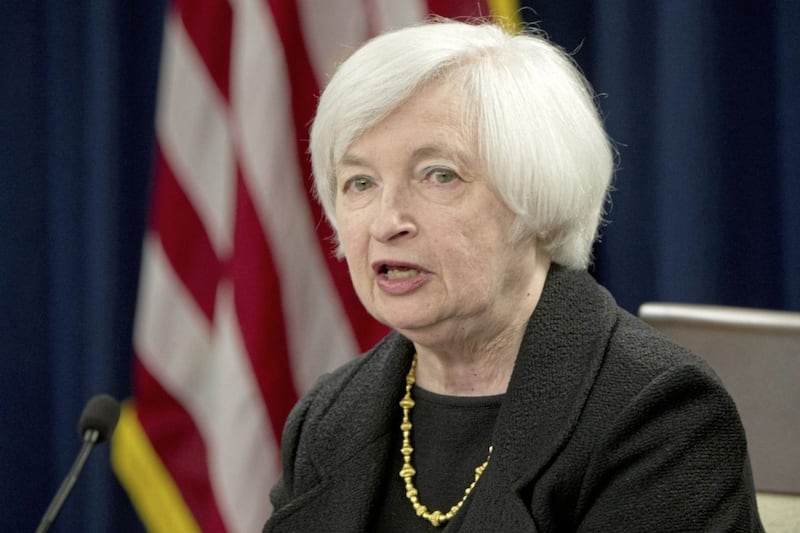LAST week’s meeting of the Bank of England’s Monetary Policy Committee (MPC) concluded with no changes to policy. But for a sixth month running, the decision to keep the base rate at 0.5 per cent, where is has been since mid-2009, was not unanimous.
Once again Ian McCafferty was the sole ‘hawkish dissenter’ as he voted for a 0.25 per cent rate hike. He was of the view that the “risks to domestic cost growth remained to the upside” and this along with the recent depreciation of Sterling was “sufficient to justify an immediate increase” in the rate.
The remaining eight MPC members “judged that leaving the stance of monetary policy unchanged would best balance the risks around achieving the MPC’s objective of returning inflation sustainably to the target in around two years’ time”.
The minutes noted that the Committee “focused its discussion” on the further sharp fall in oil prices and the implications, if any, this had for the UK’s inflation outlook and in turn the appropriate stance of monetary policy. The MPC commented that the 40 per cent fall in dollar oil prices means that “the increase in inflation is now expected to be slightly more gradual in the near term” than it had expected at the time of its November Inflation Report forecasts.
There was also downward revisions to the near term growth outlook. Bank staff lowered its base case GDP forecasts in quarter four 2015 and quarter one 2016 by 0.1 percentage points to 0.5 per cent in each quarter, reflecting revised official data and the latest business surveys.
The update from the Bank reinforces the view that the MPC is still some way off from starting the rate tightening cycle in the UK. We await the release of the February Inflation Report for a more comprehensive and up-to-date insight into its view on the economic outlook and the time frame for policy tightening.







